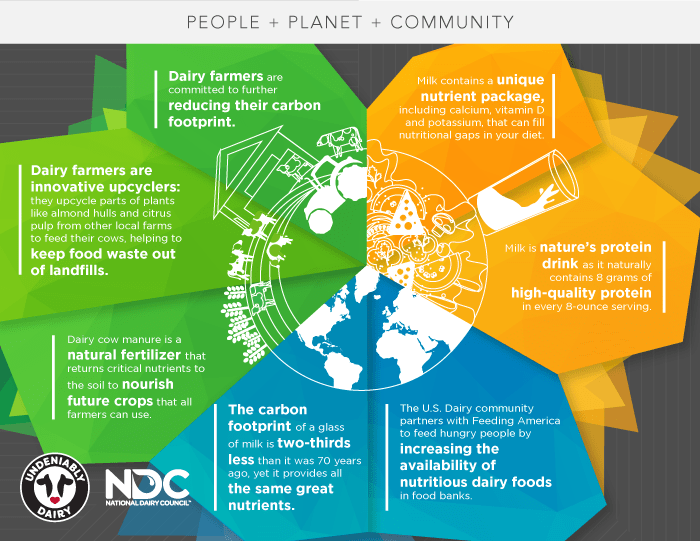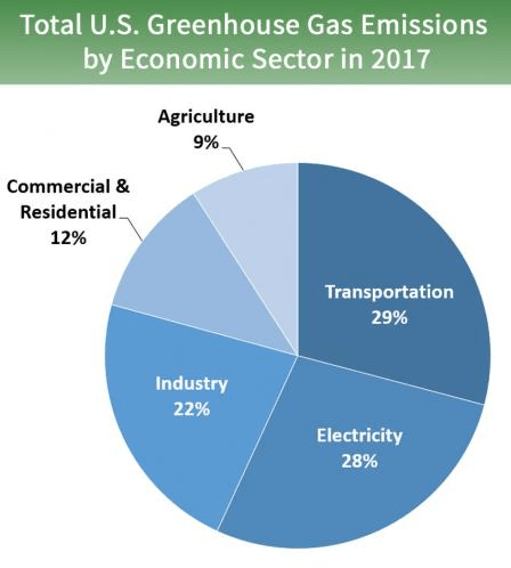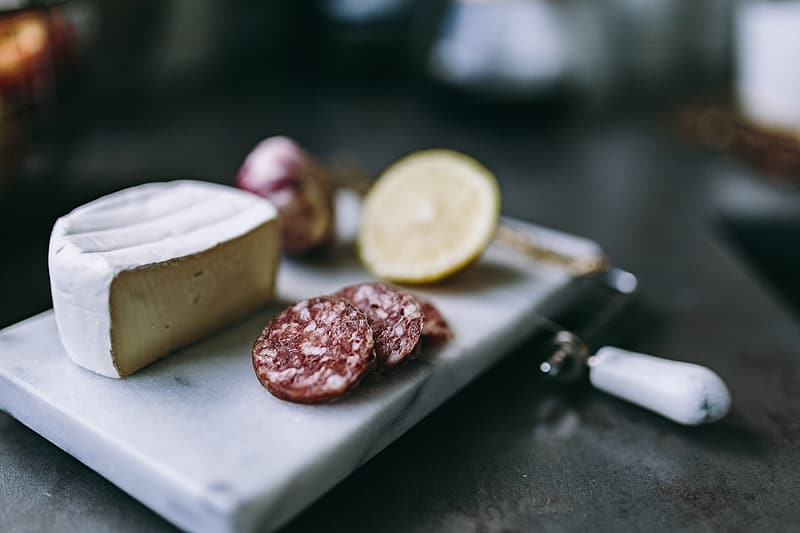Guest Blogger, Michele Payn raises the question:
Has anyone ever made you feel bad about the food you choose to eat? Is it OK to shame people about their eating choices if it’s not socially acceptable to shame people on race, religion, or sexual orientation? Why is a pregnant woman made to feel guilty if she’s not buying the “right” label of food, or a new dad totally frustrated over the thousands of options found in the grocery store? Is it necessary for a college student to be shamed over her choice to eat meat or not?
B.S. refers to the bad behaviors, deceptive label claims, marketing half-truths, and other unnecessary drama surrounding our food plates today. Frankly, it’s all just Bull Speak (B.S.). An $8 gallon of milk from a specialty store is not superior to a $2.99 gallon of milk from a convenience store. Both the perceived better label and resulting sense of superiority are often B.S. Assuming you are a better person because you bought the “right label” of food is no different than schoolyard bullying over the “right brand” of clothing.
Bullying operates from a point of privilege, preying on fear. Food marketing is often fear-based. This misleading marketing has made food overly emotional, to the point where our nutrition is seemingly trumped by moral statement. The resulting social movement has caused an alarming rise in food bullying. The more food bullying, the more B.S. food—and so the cycle continues.
Consider this; if the power in your food choices has shifted to what you read on marketing labels, you are likely being bullied. The front of food packages frequently contains misleading and B.S. information—because companies want you to spend your money on their product. The Michigan State University (MSU) Food Literacy 2018 study showed that 87% of people are at least somewhat influenced by food labels in their food buying decisions. Do label claims influence your eating choices?
The Nutrition Facts Label, also known as the black and white box or “panel,” contains the information you need to know. The Nutrition Facts Label was just updated after 20 years to better represent today’s serving sizes, and is easy to recognize. You can find standardized serving size, calories, fat, protein, sodium, carbohydrates, added sugars, and other essential nutrition information in this box. All food must have the new label by 2021 and, because it is regulated, it’s a label you can rely on.
Eating meat and drinking milk are environmentally responsible
Want a case study of bad food feelings? Let’s look no further than methane and the supposed environmental consequences of eating meat and drinking milk.
You see, cattle are amazing recyclers, even if they do burp and fart. They’re ruminants, meaning they have four special compartments in their stomach that allow them to digest food we cannot, recycling forages from land that can’t grow your food. What’s really cool about ruminants is that they make use of land that would not be productive otherwise. As much as 70% of all agricultural land globally is range land that can only be utilized as grazing land for ruminant livestock, according to the Foreign Agricultural Organization (FAO) in 2013.
Why? Cattles’ unique digestive system allows them to process grasses, hay, and corn—all of which are an important part of their diet. They can also recycle foods humans don’t eat, such as almond hulls, citrus peels, corn stalks, etc. A key part of digestion is belching up their partially digested cud and chewing it. Perhaps gross, but it allows grass and protein to be converted into foods humans can eat like milk, cheese and yogurt. Amazingly enough, the FAO study also shows direct greenhouse gas emissions from U.S. livestock have declined 11.3% since 1961, while production of livestock meat more than doubled due to more efficient farming practices.

Please enjoy your milk and meat without feeling like you are damaging the planet. The cleaner air during the pandemic has made it crystal clear (pun intended) that reduction in transportation has a significant impact on the environment. Generation of the electricity that powers our homes creates seven times more greenhouse gas emissions than the methane of ALL the livestock in the U.S., according to EPA, 2016. Humans need to take responsibility for the gases created by their lives before pointing the finger at farmers. All of agriculture accounted for 9% of U.S. greenhouse gas emissions (animal ag is only 3.9% of that), as compared to electricity production (28%) and industry (29%). Transportation in the U.S. also generates seven times more greenhouse gas emissions than methane from livestock.

How can you turn away from B.S. claims?
Turn toward firsthand experts. Stay focused on buying food that meets your family’s standards and quickly cut through the claims to simplify your eating choices. Turn away from fake news and find authentic resources with firsthand expertise. As outlined below, authenticity comes from knowing the source, science, or system behind your food.
- Know the source: Do you have a firsthand perspective on how food is raised and why a farmer or rancher uses certain practices? They are the experts in farming and can explain why they favor certain management practices. In other words, have you visited different types of farms in the last couple of years, or do you have open access to farmers and ranchers through social media? If so, you should understand the context of animal care and environmental practices and why different food producers choose different practices.
- Know the science: Do you understand the science enough to evaluate health and nutrition claims on labels? Are you connected with food scientists, dietitians, and agricultural scientists who can answer questions and provide balanced, science-based recommendations? If so, you should understand scientific reasoning about how food is produced, developed, and manufactured. This will also help you understand that something can be a hazard (the potential to cause harm) without posing a serious risk (the likelihood of something causing harm). For example, an electric fence protecting cattle is a hazard to toddlers, but if it’s on a ranch where toddlers are not allowed, the fence poses no risk to toddlers. Or, gluten in wheat bread is a potential hazard to a celiac but poses no risk to those not diagnosed with celiac disease.
- Know the system: Do you know the agricultural and food regulatory system well enough to trust and use it? Can you identify the roles of USDA, FDA, EPA, FSIS, and other regulatory bodies in keeping your food safe? Are you familiar with the requirements enforced by the system and how those affect consumers? If so, you should understand the basics of the complex system that regulates farming, food processing, manufacturing, labeling, and recalls. It may not be perfect, but it is standardized—unlike many marketing claims on food.
Will you elevate the food conversation?
Our lives are comprised of many overlapping stories, big and small. You get to choose what stories matter most in your life, but beware of how a single story can limit your thinking. Those single stories can lead to inaccurate information about methane, how farmers treat their animals, and overlooking the role dairy plays in our nutrition. B.S. stories also create bad feelings about food, when it should be a source of comfort during a pandemic. Will you be part of creating a better food story?
 Join us for the Digital Download webinar series to learn more about how to create a better food story. This blog is an excerpt from the book “Food Bullying: How to Avoid Buying B.S”. by Michele Payn, who will be leading a webinar on June 2. You can register for the webinars here, or learn more about Michele’s work at causematters.com.
Join us for the Digital Download webinar series to learn more about how to create a better food story. This blog is an excerpt from the book “Food Bullying: How to Avoid Buying B.S”. by Michele Payn, who will be leading a webinar on June 2. You can register for the webinars here, or learn more about Michele’s work at causematters.com.

